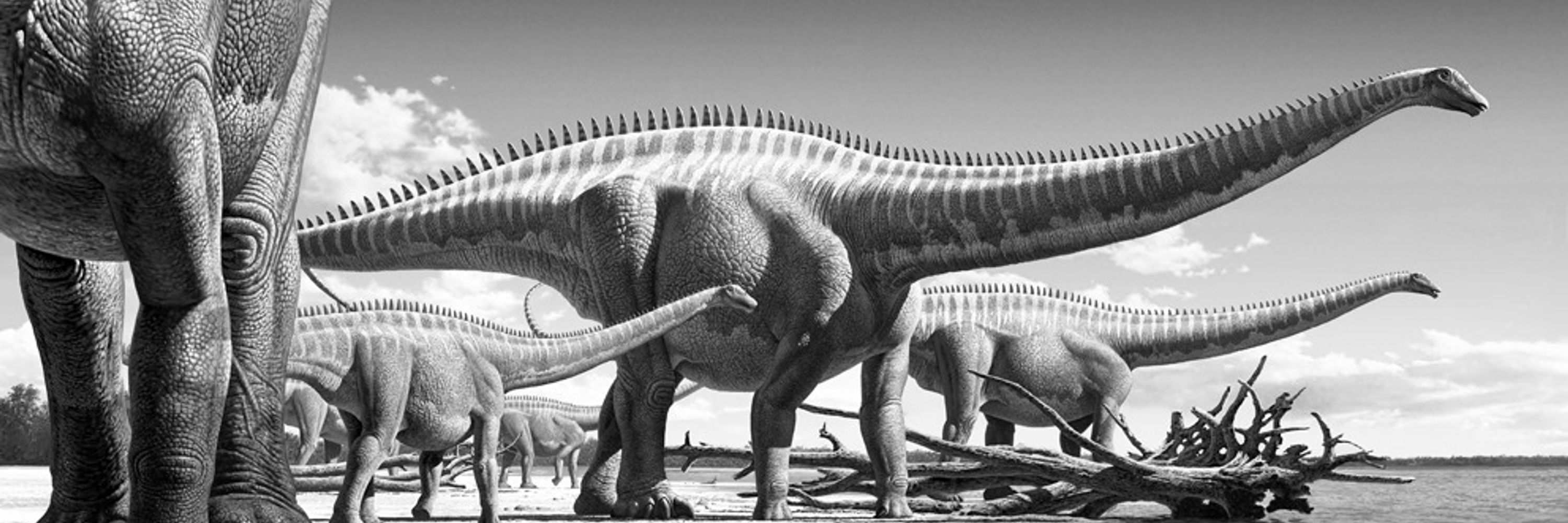
www.sciencedirect.com/science/arti...

www.sciencedirect.com/science/arti...
Ontogenetic assessment from dorsal ribs in a mature titanosaur (Dinosauria, Sauropoda) from the Upper Cretaceous of Texas
Journal of Vertebrate Paleontology e2559012
doi: doi.org/10.1080/0272...

Ontogenetic assessment from dorsal ribs in a mature titanosaur (Dinosauria, Sauropoda) from the Upper Cretaceous of Texas
Journal of Vertebrate Paleontology e2559012
doi: doi.org/10.1080/0272...
A long-necked early dinosaur from a newly discovered Upper Triassic basin in the Andes
Nature (advance online publication)
doi: doi.org/10.1038/s415...

A long-necked early dinosaur from a newly discovered Upper Triassic basin in the Andes
Nature (advance online publication)
doi: doi.org/10.1038/s415...

(📷 by A. Bailleul)

(📷 by A. Bailleul)




